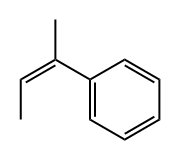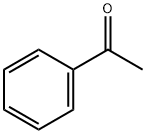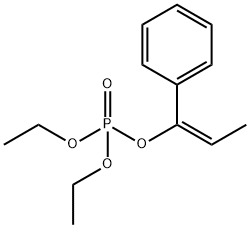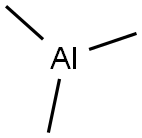
BENZENE,(1-METHYLl-1-PROPENYL)-,(E)- synthesis
- Product Name:BENZENE,(1-METHYLl-1-PROPENYL)-,(E)-
- CAS Number:768-00-3
- Molecular formula:C10H12
- Molecular Weight:132.2

292638-84-7
0 suppliers
inquiry

74-85-1
113 suppliers
$79.00/11l

767-99-7
12 suppliers
inquiry

768-00-3
6 suppliers
inquiry
Yield:-
Reaction Conditions:
with silver(I) hexafluorophosphate in dichloromethane at 25; under 11251.1 Torr; for 4 h;Catalytic behavior;Schlenk technique;Darkness;Inert atmosphere;
Steps:
Typical procedure for styrene hydrovinylation
General procedure: In a Schlenk, a mixture of 0.055 g of NP4 (2.7 × 10-5 mol Pd(II)) or 0.011 g of NP4 (5.4 × 10-6 mol Pd(II)), AgPF6 (2.7 × 10-5 or 5.4 × 10-6 mol) and styrene or 4-bromostyrene (5.4 × 10-3 mol) in 10 mL of freshly distilled CH2Cl2 was kept stirring for 15 min in the dark under N2. After filtering the AgCl formed, the solution was placed in an autoclave thermostatically controlled (25 °C). The autoclave was then pressurized with ethylene to a pressure of 15 bar. After the desired time, the autoclave was depressurized slowly and 10 mL of 10% HCl was added. The mixture was kept stirring for 10 min to quench the catalyst. The CH2Cl2 layer was decanted and dried with anhydrous MgSO4. The quantitative distribution of the fractions of the products was determined by gas chromatography analysis using ethylbenzene as internal standard. TOF was calculated respect to the amount of Pd(II) in the nanoparticle surface.
References:
Friederici, Mario;Angurell, Inmaculada;Rossell, Oriol;Seco, Miquel;Muller, Guillermo [Journal of Molecular Catalysis A: Chemical,2013,vol. 376,p. 7 - 12]

2039-93-2
50 suppliers
$45.00/2.5mg

768-00-3
6 suppliers
inquiry

292638-84-7
0 suppliers
inquiry

74-85-1
113 suppliers
$79.00/11l

767-99-7
12 suppliers
inquiry

768-00-3
6 suppliers
inquiry

36617-88-6
1 suppliers
inquiry

58717-85-4
1 suppliers
inquiry

1530-32-1
613 suppliers
$5.00/10g

98-86-2
795 suppliers
$9.00/5g

767-99-7
12 suppliers
inquiry

768-00-3
6 suppliers
inquiry

